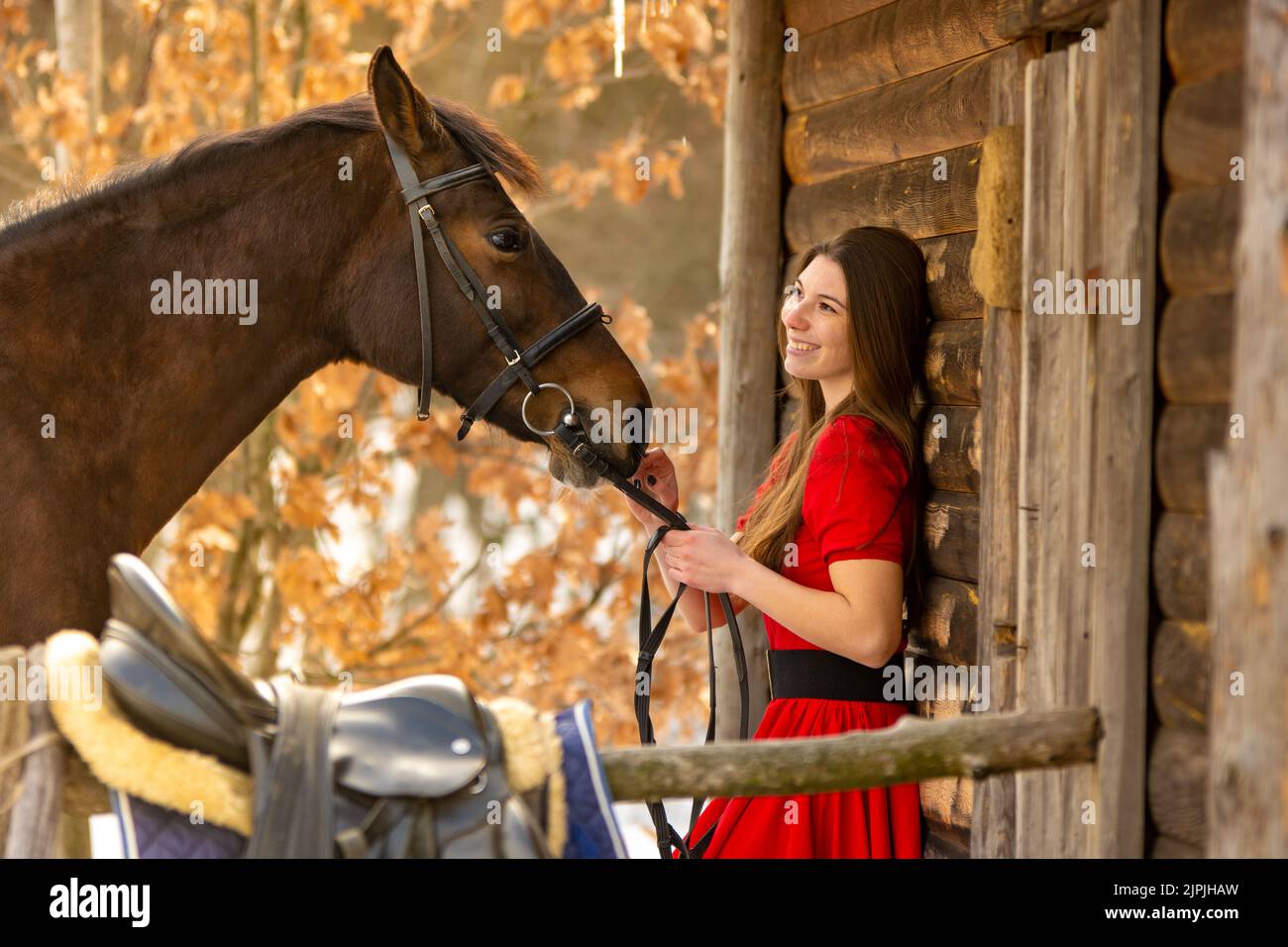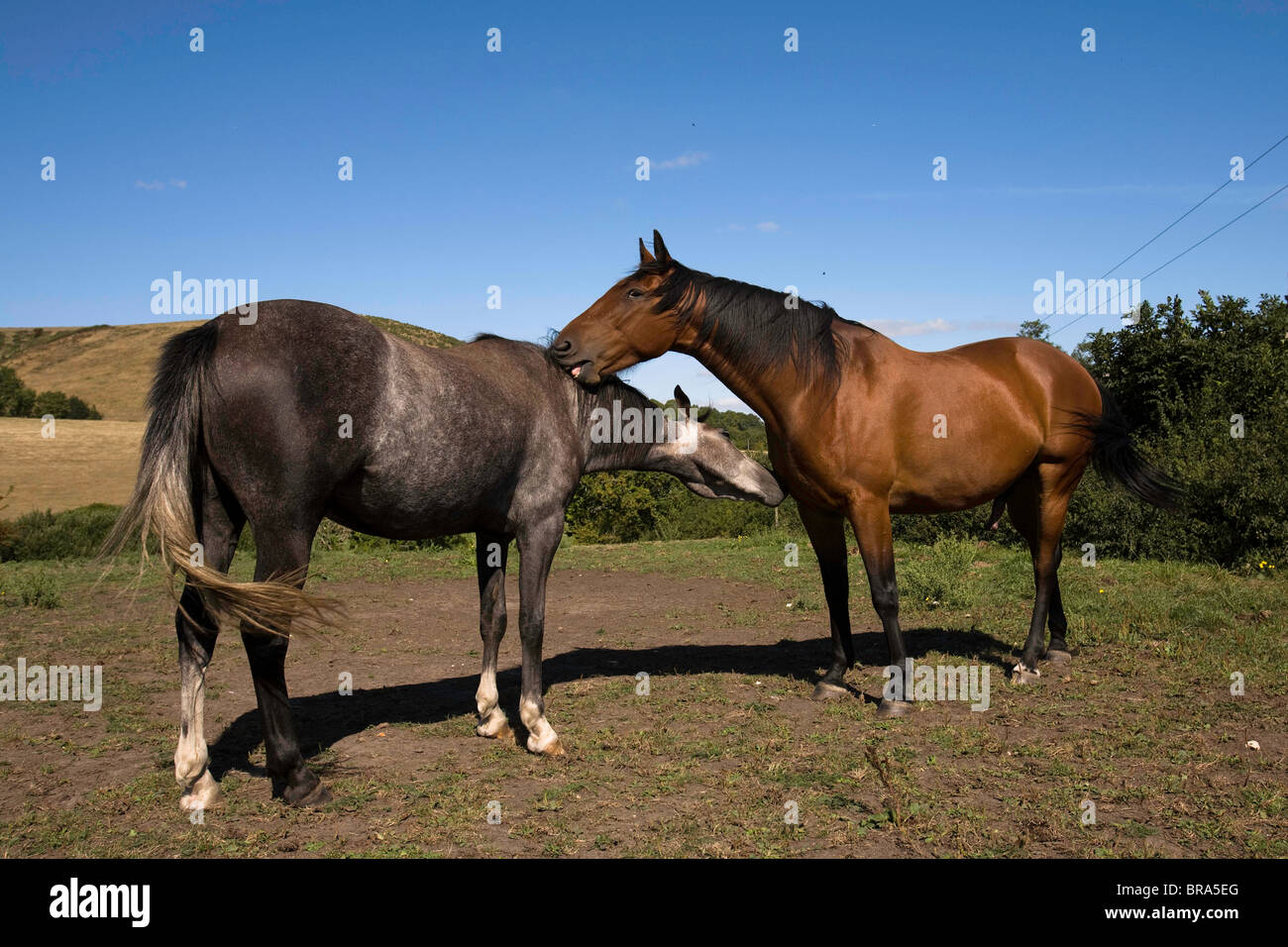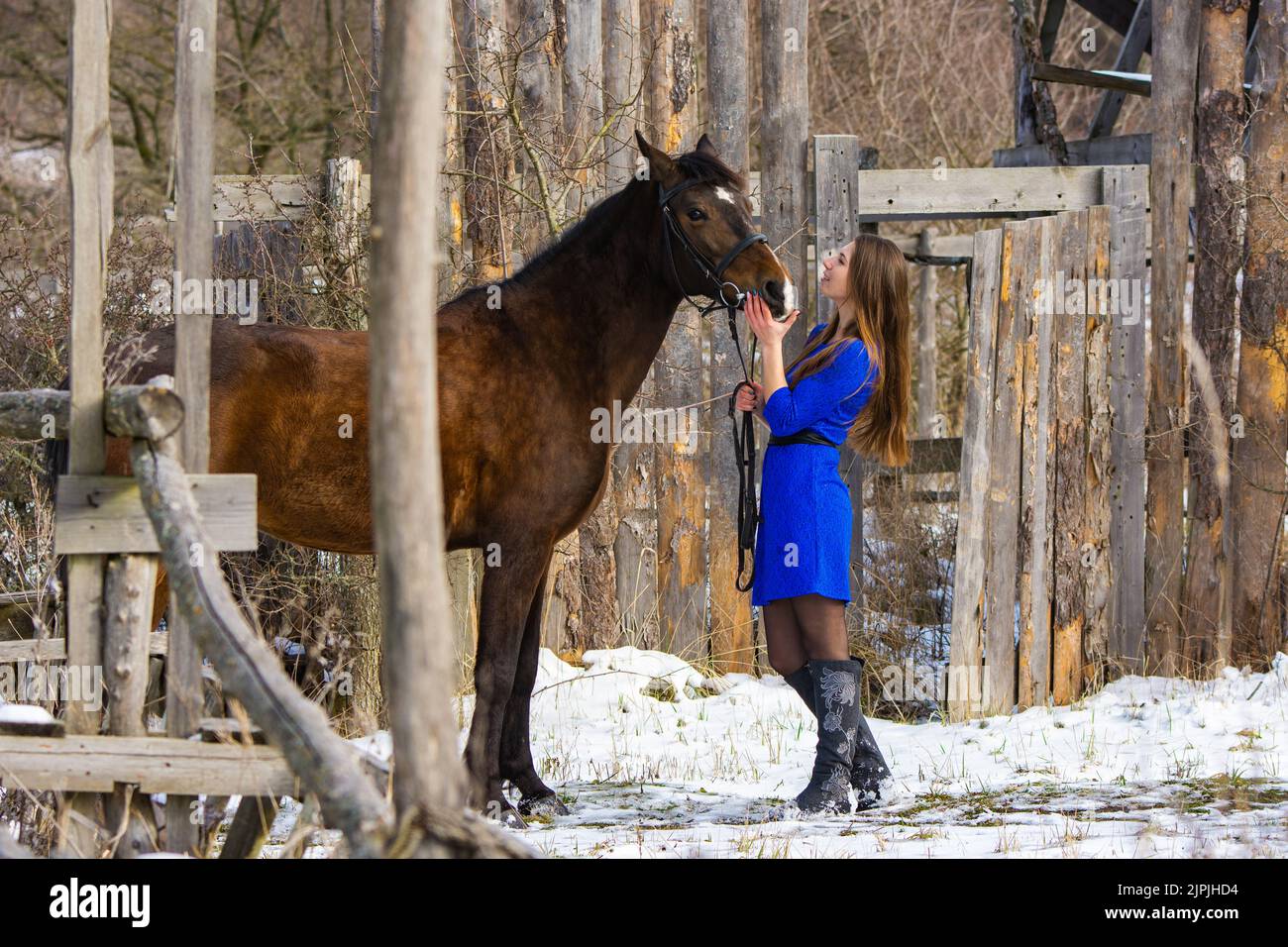Female horses, commonly referred to as mares, play a crucial role in equine communities and the equestrian world. From breeding to performance, mares contribute significantly to the equine industry. Understanding their unique traits and characteristics is essential for anyone involved in horse care, training, or breeding.
Mares are not only vital for reproduction but also serve as companions, athletes, and working partners. Their temperament, behavior, and physical attributes make them indispensable in various equine disciplines. Whether you're a seasoned horse enthusiast or a newcomer to the world of horses, learning about female horses can enhance your appreciation for these magnificent animals.
This article delves into the world of female horses, exploring their biology, behavior, roles, and significance in the equine industry. We will also discuss tips for caring for mares and highlight their contributions to different equestrian activities. Let's embark on this journey to understand and appreciate the incredible world of mares.
Read also:Understanding Food Stamp Number A Comprehensive Guide To Snap Benefits
Table of Contents
- Biology of Female Horses
- Roles of Female Horses
- Breeding and Reproduction
- Behavioral Characteristics
- Caring for Female Horses
- Training Female Horses
- Mares in Different Disciplines
- Health Considerations
- Historical Significance
- Future of Female Horses
Biology of Female Horses
Anatomy and Physiology
Female horses have distinct anatomical and physiological features that set them apart from their male counterparts. Mares possess reproductive organs such as ovaries, uterus, and vulva, which are essential for reproduction. Their hormonal cycles, known as estrous cycles, regulate their reproductive behavior and fertility.
The average estrous cycle of a mare lasts around 21 days, with the follicular phase lasting about 5-7 days. During this phase, the mare is most fertile and receptive to breeding. Understanding these cycles is crucial for successful breeding programs and managing mares' reproductive health.
Physical Characteristics
- Mares typically have a more refined and elegant appearance compared to stallions.
- They are often smaller in size but exhibit great strength and endurance.
- Their temperament can vary depending on age, breed, and individual personality.
Roles of Female Horses
Motherhood and Breeding
One of the primary roles of female horses is reproduction. Mares are responsible for carrying and nurturing foals, ensuring the continuation of their lineage. Their maternal instincts are strong, and they form deep bonds with their offspring.
Companionship and Work
Beyond breeding, mares serve as companions and working partners in various capacities. They are used in agriculture, transportation, and recreational activities. Their calm and cooperative nature makes them ideal for tasks requiring patience and precision.
Breeding and Reproduction
Breeding mares is a complex process that requires careful planning and management. Factors such as age, health, and genetic traits must be considered to ensure successful breeding. Modern techniques like artificial insemination and embryo transfer have revolutionized the breeding industry, allowing for greater control over genetic outcomes.
Behavioral Characteristics
Temperament and Personality
Mares are known for their strong personalities and diverse temperaments. Some are gentle and docile, while others can be more spirited and independent. Understanding a mare's personality is key to building a successful relationship with her.
Read also:Unveiling The Legacy Waxy Oconnors London
Social Behavior
In herd dynamics, mares often take on leadership roles, guiding the group and maintaining order. Their social intelligence and communication skills are vital for maintaining harmony within the herd.
Caring for Female Horses
Proper care is essential for the well-being of female horses. This includes providing adequate nutrition, regular veterinary check-ups, and appropriate exercise. Mares in breeding programs require special attention to their reproductive health, including monitoring their estrous cycles and addressing any fertility issues.
Training Female Horses
Training Techniques
Training mares requires patience, consistency, and understanding of their unique needs. Positive reinforcement and reward-based methods are effective in building trust and encouraging desired behaviors.
Challenges in Training
Some mares may exhibit challenging behaviors during their estrous cycles, making training more difficult. Trainers must be aware of these fluctuations and adjust their approach accordingly.
Mares in Different Disciplines
Competitive Sports
Mares excel in various competitive disciplines, including dressage, show jumping, and endurance racing. Their agility, strength, and intelligence make them formidable competitors in these events.
Recreational Activities
Many mares are used for recreational purposes, such as trail riding and leisure activities. Their calm demeanor and reliability make them suitable for riders of all skill levels.
Health Considerations
Female horses are susceptible to specific health issues, including reproductive disorders, hormonal imbalances, and musculoskeletal problems. Regular veterinary care and preventive measures are essential for maintaining their health and well-being.
Historical Significance
Historical Roles
Throughout history, female horses have played significant roles in human societies. From pulling chariots in ancient civilizations to serving as war horses in medieval times, mares have been valued for their strength and loyalty.
Cultural Importance
In many cultures, mares are revered for their grace and beauty. They feature prominently in art, literature, and folklore, symbolizing freedom, power, and femininity.
Future of Female Horses
The future of female horses looks promising, with advancements in equine science and technology enhancing their care and performance. As the equestrian world continues to evolve, mares will remain integral to the industry, contributing to breeding, competition, and companionship.
Conclusion
Female horses, or mares, are remarkable creatures with unique qualities that make them indispensable in the equine world. From their biological traits to their diverse roles, mares contribute significantly to the industry and our lives. By understanding their needs and appreciating their contributions, we can ensure their continued well-being and success.
We invite you to share your thoughts and experiences with female horses in the comments section below. For more insightful articles on equine topics, explore our website and stay updated on the latest trends and developments in the equestrian world.
References
- Equine Reproduction: A Guide for Breeders by Dr. Susan Heath
- Journal of Equine Veterinary Science
- International Society for Equitation Science



